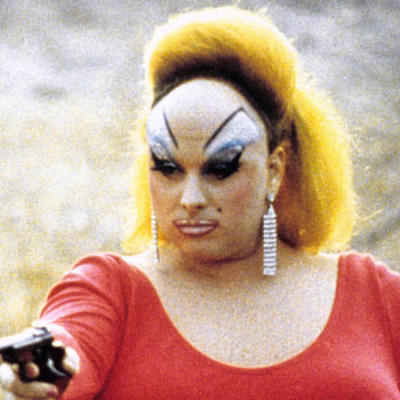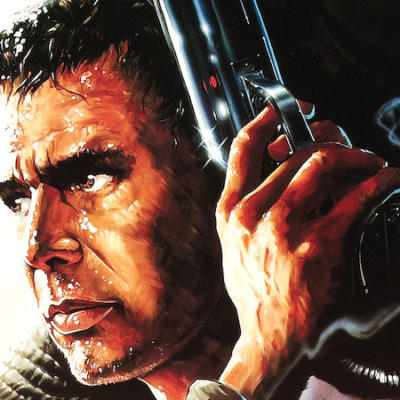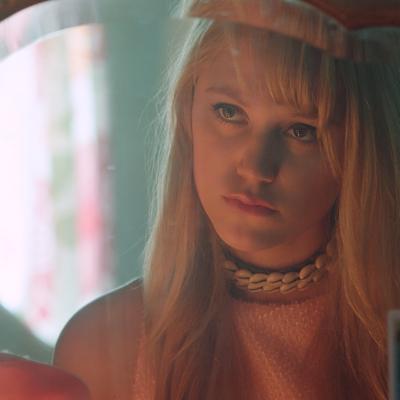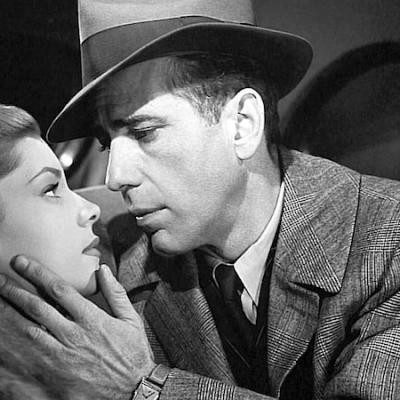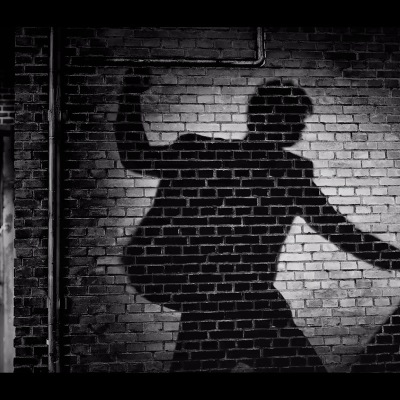This week marks thirty years since David Lynch's Blue Velvet, one of the undisputed classics of American cinema, made its debut. The shadowy, morally complex noir is known equally for excavating the underbelly of outwardly sunny suburbia as it is for its gorgeous, textural cinematography (befitting the film's title), and its stridently sorrowful soundtrack that features oldies from Roy Orbison and Bobby Vinton alongside compositions from regular Lynch collaborator Angelo Badalamenti.
The film stars Kyle McLachlan, who would go on to further fame in Lynch's highly acclaimed television series Twin Peaks, as small town boy Jeffrey Beaumont, who returns to the idyllic little berg of Lumberton, North Carolina after his father suffers a stroke. In a moment of signature Lynch-ian horror, Jeffrey discovers a severed ear in a field, and after taking it to the police finds himself embroiled in the subterranean world of perverted gangster Frank Booth (Dennis Hopper) and the desperately sad nightclub singer Dorothy Vallens (Isabella Rossellini). Along for the ride is sweet and sheltered police detective's daughter Sandy Williams (Laura Dern).
The film is bold in its exploration of the psychosexual motivation of its characters. In Frank Booth, Lynch created a villain unlike any other, with a penchant for huffing gas and an all-consuming mummy complex. Elements of voyeurism and invasions of privacy play into a narrative that treats sex with far more complexity than the noir films that inspired Blue Velvet, drawing a distinction between salacious nudity and vulnerable nakedness that cuts right to the core of the forces at play in the nocturnal world into which Jeffrey is thrust.
The discomfort of David Lynch's films often rests on his mix of familiarity and surrealism - an uncanny and dreamlike sense of things being just a little off. Blue Velvet achieves that perhaps more effectively than any other film in his oeuvre, disrupting the sunny facade of Lumberton - white picket fences and orderly flowerbeds, the colours red, white and blue - with disorienting moments that almost assault the senses.
It's at once both repulsive and seductive - the audience feels the same morbid excitement as Jeffrey as he is compelled to dig deeper. Frederick Elmes' cinematography, full to the brim with sumptuous colours and suggestive lighting is totally absorbing, adding narrative thrust in tandem with the aforementioned Badalamenti score which swings between sinister ambiance and weeping melodrama. Despite being one of the director's most straightforward films, it's also one of the most successful in capturing his peculiar vision.
With career best performances from its prestigious cast, Blue Velvet may be the most consistent and inventive film (American or otherwise) of the 1980's. It proved to be an enormous influence on independent film to follow, echoing through other classics like Sex, Lies & Videotape (1989) and most notably American Beauty (1999). In thirty years, Blue Velvet has aged very little, so now is a perfect time to revisit it, or experience it for the first time.
